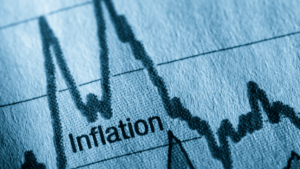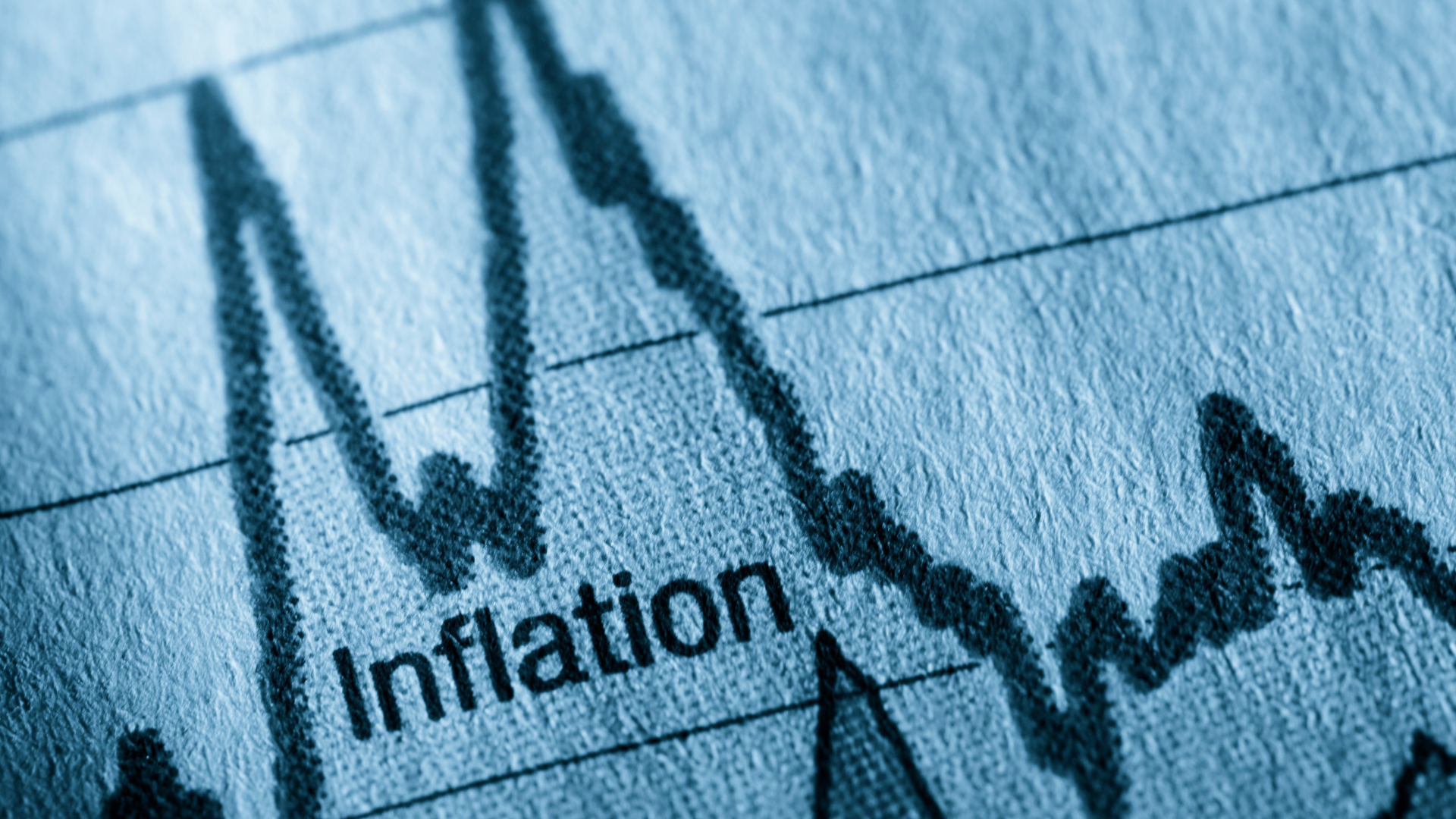The New Zealand dollar climbed above 0.5600 against the U.S. dollar, recovering from recent losses as investor sentiment shifted ahead of potential tariff announcements from former U.S. President Donald Trump. The pair’s rebound follows a period of pressure from a strong U.S. dollar, driven by expectations of Federal Reserve policy decisions and broader risk aversion.
Traders are closely watching Trump’s stance on China tariffs, with speculation that he could reinstate or intensify trade restrictions if re-elected. Such a move could reignite global trade tensions, weighing on commodity-linked currencies like the NZD, which relies on exports to China. A more protectionist approach from the U.S. could create market volatility, leading to shifts in risk-sensitive assets.
Despite the recovery, NZD/USD remains under pressure as the U.S. dollar index stays elevated, supported by economic resilience and strong labor data. Federal Reserve officials have signaled a cautious stance on interest rate adjustments, keeping the greenback firm against major counterparts. The market is still pricing in potential rate cuts later this year, but with uncertainty surrounding inflation trends, expectations remain fluid.
The Reserve Bank of New Zealand’s monetary policy remains another factor influencing the kiwi. The central bank has kept rates steady, but policymakers remain vigilant about inflation risks. Any further tightening or dovish shift from the RBNZ could impact the NZD/USD outlook, especially as global investors assess yield differentials between the Fed and RBNZ.
Looking ahead, traders are bracing for potential policy statements and economic data that could influence market sentiment. A more aggressive trade stance from the U.S. would likely push risk-sensitive currencies lower, while any softening in rhetoric could provide further relief for the NZD/USD pair.
With geopolitical risks and central bank dynamics at play, the New Zealand dollar’s trajectory remains uncertain, heavily dependent on trade policy developments and broader global market trends.

















